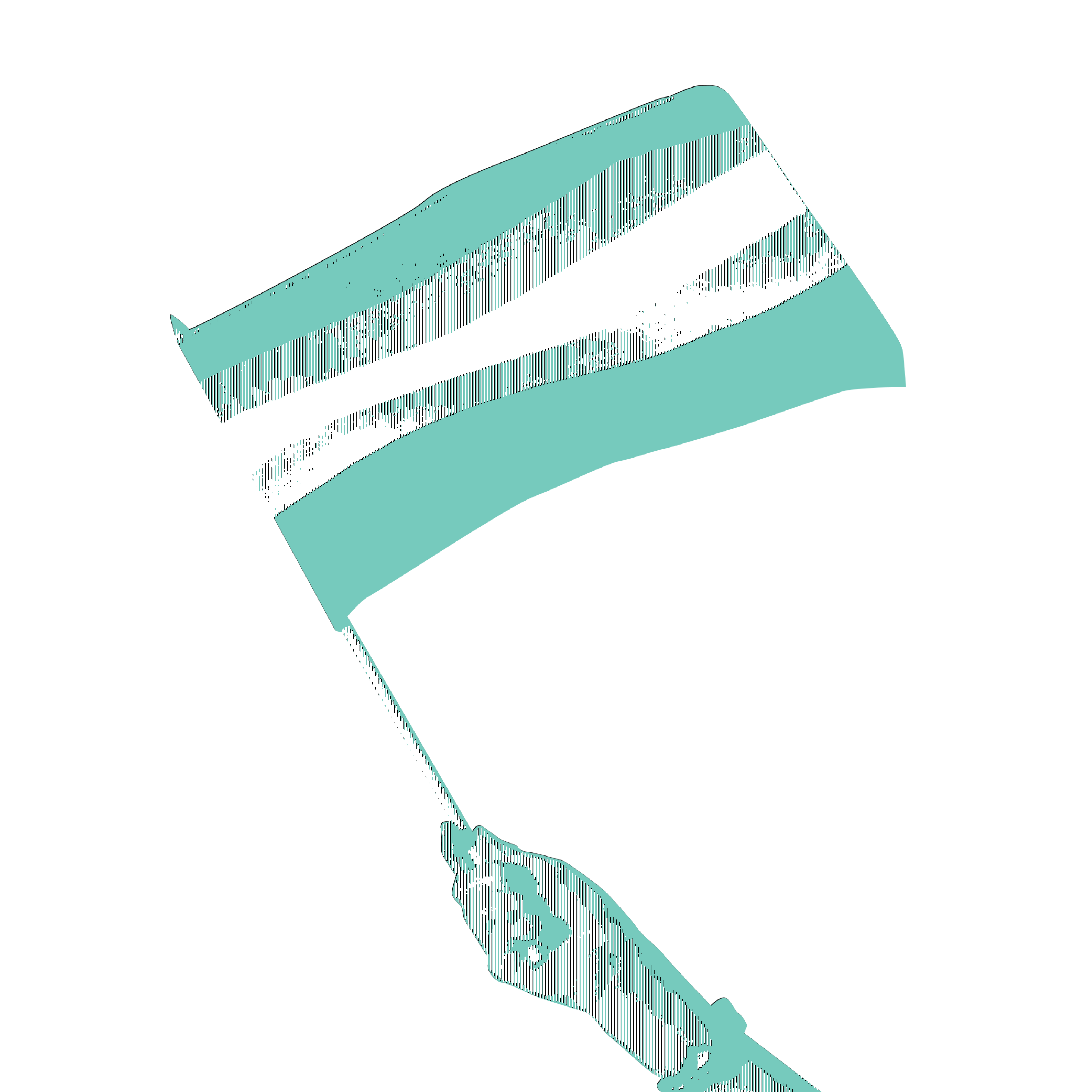After nearly five years in production, we just put the finishing touches on our first Pulitzer Center-funded feature film "The Abominable Crime."
Looking back at my calendar and stacks of checklists, the last few months have been a hectic rush of fundraising, scheduling, shooting, editing, graphic design – all accompanied by digital files and Fed-Ex packages flying around the globe.
A few highlights: In February we ran a successful Kickstarter campaign – and raised the funds to begin our final round of editing. In March, we did a last round of interviews with our main characters in Holland, Canada and the U.S. In April, we created an animated opening sequence, wrote a press kit, built a website, and started sending off applications to film festivals around the world. In May, an excellent score was composed, archival footage gathered, editing was completed and then we spent a week mixing sound and matching colors.
The film was finished just in time.
"The Abominable Crime" will have its world premiere at the 37th International Frameline Film Festival in San Francisco on June 25, 2013.
Frameline is the largest and oldest gay and lesbian film festival in the world, and we sent a final print out just after Memorial Day.
But the truth is that a film like this is never really finished.
While the pictures end and the credits roll, the film is just part of a much larger story that continues on.
Buggery is still a crime in Jamaica, homophobia continues to be socially acceptable, and new abuses and atrocities are being committed every month.
Life goes on.
Simone and her daughter Khayla are now building new lives for themselves in Holland, where they were granted asylum. Simone is studying to be a nurse and Khayla is excelling at school.
They are both survivors – what they would call "Solder Girls." And they are constructing a new and meaningful life for themselves – but the scars and traumas of their experiences in Jamaica will likely haunt them long into the future.
Maurice has also moved on. He lives happily with his husband in Rochester, New York, while continuing his activism in Jamaica – despite the evident risks.
Just last week, Maurice was back in Kingston for a hearing before the Constitutional Court. He was arguing that LBGT people have the right to free speech as guaranteed under Jamaica's new Charter of Rights.
This new case came about because Maurice was involved in making several TV spots that depict straight Jamaicans showing support for gay friends and relatives.
This being Jamaica, the films were rejected by all three major Jamaican TV Stations, on the grounds that public expressions of tolerance could be viewed as "promoting homosexuality," which remains illegal in Jamaica.
The spots are mild – but in a country where more than 80% of the population define themselves as homophobic – any statements of tolerance are suspect.
A columnist in The Gleaner, one of Jamaica's leading newspapers, captured the general atmosphere noting that "many Jamaicans are thinking Maurice Tomlinson, the claimant, is pushing a 'foreign agenda' and tramping on our freedoms to disagree with homosexuality… and by supporting the human rights of LGBT Jamaicans we, including the TV stations, would be aiding and abetting an illegal act."
A ruling on the case is expected sometime next year.
Maurice's legal battles continue on.
The task in making a documentary film is to transform the raw chaos and confusion of our character's everyday experience into an aesthetically coherent narrative with a clear beginning, middle and end.
But, as we all know, daily life doesn't unfold in clear narrative sequences.
Our footage was shot over five years and it took us nearly six months to identity the key events and decision points that defined our characters and the struggles that they faced.
The discussions in the edit room were long and involved.
How do we make sense of Simone's flight from her country? How do we explain the anti-gay violence that threatened her life and the life of her daughter? How big a role should Carl, her brother, play in the film? How can we interweave Simone and Maurice's stories – in a way that respects the different time lines that they both follow? How do we convey the continuing psychological impacts of gay lives shaped by a culture of fear and violent homophobia?
This is not an easy story. I'm sure some people won't understand Simone's decision to leave her daughter as she makes her bid for asylum abroad. Or they may think Maurice's decision to return to Jamaica was foolhardy. Why risk his life to advance the struggle for the human rights of LBGT people in Jamaica?
Hopefully, reflecting on the morality of these decisions will help our audience come to a deeper and more intimate understanding of social and personal forces that confronted Maurice and Simone.
What choices would you make under similar circumstances? How would you feel if someone you loved had to make these choices? How would you feel if you had to live with the consequences?
In the end, Simone and Maurice made the choices they made because it was necessary. Necessary for them to live their lives in a way that is consistent with their own sense of dignity, morality and personal responsibility.
Of course, Simone and Maurice do not exist in isolation – and, tragically, the choices they confront are not unique.
They reflect the experiences of countless LGBT people in Jamaica – and across the world – who live in anonymity and make similar wrenching and death defying choices everyday because of the social and political forces of intolerance that exist around the globe.
These are stories that should be told and retold until everyone can live with respect and dignity and in safety.
Until that time, our story continues on.















